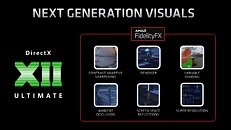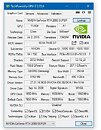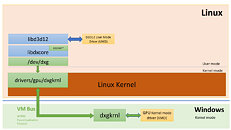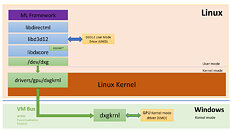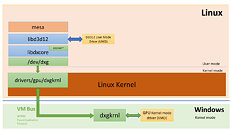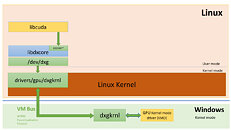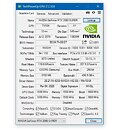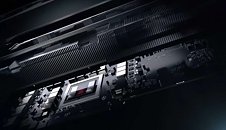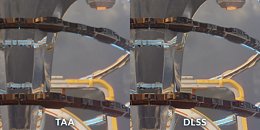
ASRock Reveals AI QuickSet 2024 Q1 Update With Two New AI Tools
Leading global motherboard manufacturer, ASRock, has successively released software based on Microsoft Windows 10/11 and Canonical Ubuntu Linux platforms since the end of last year, which can help users quickly download, install and configure artificial intelligence software. After receiving great response from the market, ASRock has revealed the 2024 Q1 update of AI QuickSet today, adding two new artificial intelligence (AI) tools, Whisper Desktop and AudioCraft, allowing users of ASRock AMD Radeon RX 7000 series graphics cards to experience more diverse artificial intelligence (AI) applications!
ASRock AI QuickSet software tool 1.2.4 Windows version supports Microsoft Windows 10/11 64-bit operating system, while Linux version 1.1.6 supports Canonical Ubuntu 22.04.4 Desktop (64-bit) operating system, through ASRock AMD Radeon RX 7000 series graphics cards and AMD ROCm software platform provide powerful computing capabilities to support a variety of well-known artificial intelligence (AI) applications. The 1.2.4 Windows version supports image generation tools such as DirectML Shark and Stable Diffusion web UI, as well as the newly added Whisper Desktop speech recognition tool; and the 1.1.6 Linux version supports Image/Manga Translator, Stable Diffusion CLI & web UI image generation tool, and Text generation web UI Llama 2 text generation tool using Meta Llama 2 language model, Ultralytics YOLOv8 object recognition tool, and the newly added AudioCraft audio generation tool.
ASRock AI QuickSet software tool 1.2.4 Windows version supports Microsoft Windows 10/11 64-bit operating system, while Linux version 1.1.6 supports Canonical Ubuntu 22.04.4 Desktop (64-bit) operating system, through ASRock AMD Radeon RX 7000 series graphics cards and AMD ROCm software platform provide powerful computing capabilities to support a variety of well-known artificial intelligence (AI) applications. The 1.2.4 Windows version supports image generation tools such as DirectML Shark and Stable Diffusion web UI, as well as the newly added Whisper Desktop speech recognition tool; and the 1.1.6 Linux version supports Image/Manga Translator, Stable Diffusion CLI & web UI image generation tool, and Text generation web UI Llama 2 text generation tool using Meta Llama 2 language model, Ultralytics YOLOv8 object recognition tool, and the newly added AudioCraft audio generation tool.
















